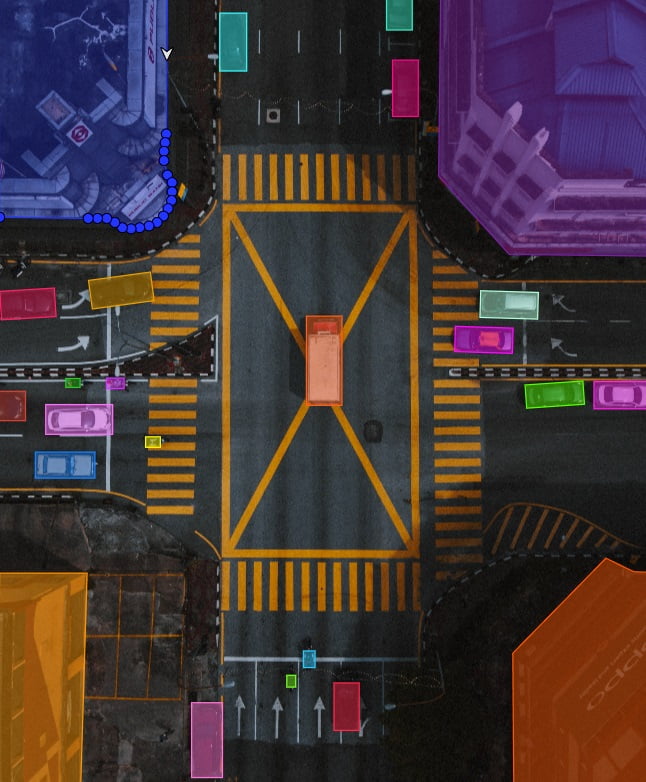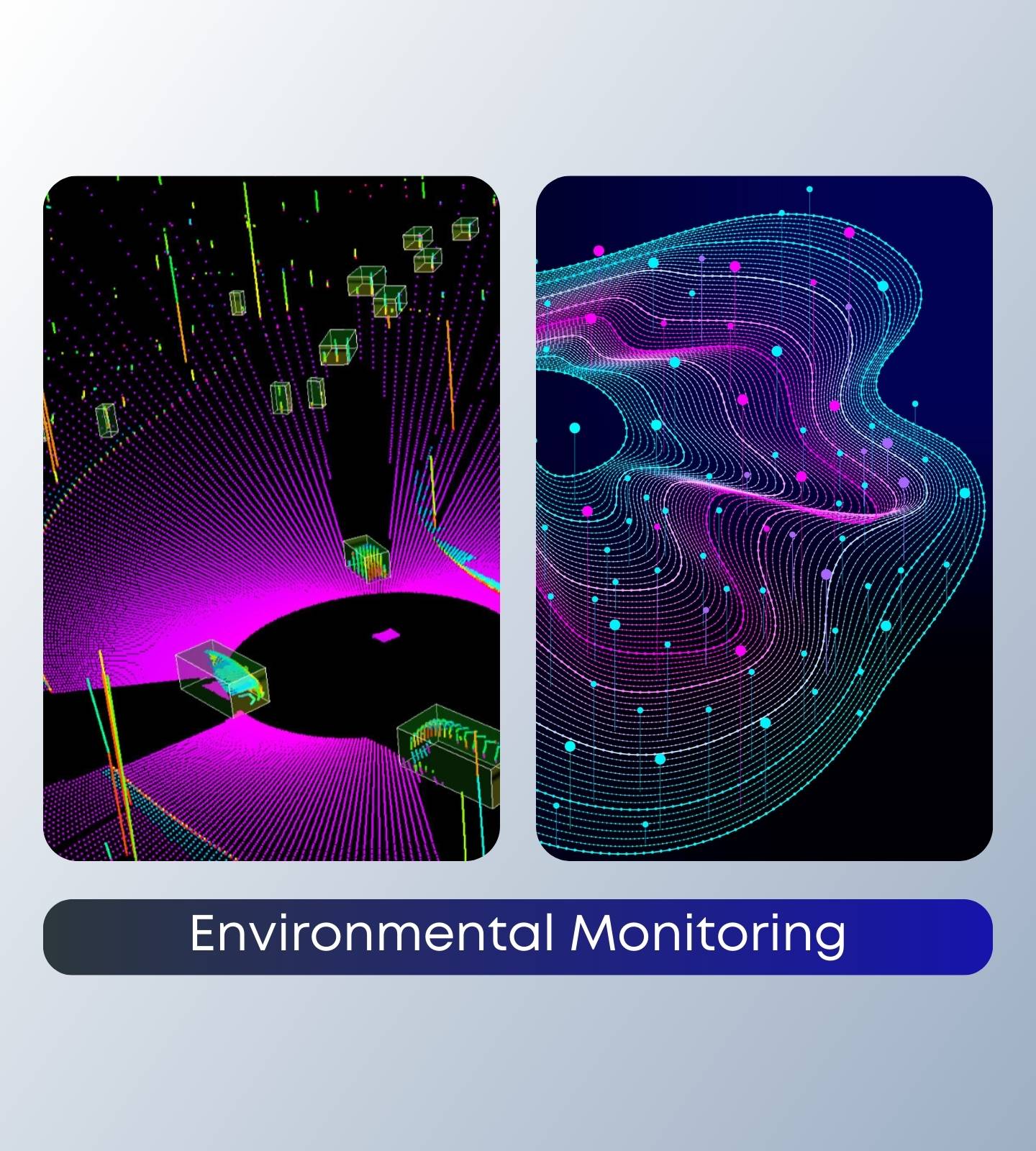The race toward full autonomy in vehicles has sparked an industrial revolution in the automotive industry, merging the mechanical prowess of automobiles with the intellect of artificial intelligence. At the heart of this transformation lies an intricate and often underappreciated process called data labeling. What may seem like a repetitive task of annotating images, videos, and sensory data is the foundation upon which the intelligence of autonomous vehicles is built.
In this deep-dive exploration into the realms of data labeling for autonomous vehicles, we unravel the complexities, innovations, and future trajectories of this essential component in the engineering odyssey toward self-driving cars.
Unveiling Data Labeling: A Crucial Training Paradigm for Autonomous Vehicles
From recognizing traffic signals to understanding the intentions of pedestrians, autonomous vehicles are powered by complex algorithms that interpret and respond to the myriad of cues present on the road. Data labeling is the act of categorizing and annotating raw data, typically images and videos, with semantic information. This human-in-the-loop process is integral to training AI models, effectively teaching them to see, learn, and predict like a human would in a road context.

“Self-driving cars are the natural extension of active safety and obviously something we thing we should do.”
– Elon Musk
The Human Touch in AI Learning
Despite the leaps in unsupervised learning, the robustness and reliability of supervised learning, which data labeling supports, remains indispensable. In the context of autonomous vehicles, supervised learning is akin to a seasoned driving instructor offering clear road-map directions to an eager student AI algorithm.
Equipped with massive volumes of labeled data, AI algorithms ‘learn’ through robust training sessions and fine-tuning to master skills required for autonomous navigation, such as lane recognition, object detection, path planning, and more.
The Labeling Landscape: Navigating Complexity in Autonomous Driving
Data labeling for autonomous vehicles presents a unique set of challenges due to the high-stakes nature of the task. The stringent safety and regulatory standards demand a level of precision that surpasses most other AI training datasets.
Annotating the Anomalies
Unlike pedestrian detection in a controlled lab environment, real-world roads are rife with unpredictability. This unpredictability, coupled with the need for comprehensive edge-case coverage, amplifies the complexity of data labeling in autonomous vehicles. There’s an emphasis on identifying and labeling rare and unusual events crucial for a vehicle’s ability to respond robustly even in once-a-blue-moon situations.
The Temporal Challenge
Not all data comes in still frames. Videos that encompass time and motion require a transient understanding that traditional frame-by-frame labeling methods might not entirely encapsulate.
The Ambiguity Quandary
The interpretation of scenes and activities can sometimes be subjective. A human observer’s visual perception in data labeling may vary, so establishing stringent guidelines and quality control becomes critical to minimize labeling discrepancies.
Safety First: The Direct Link Between Label Quality and Vehicle Safety
In the autonomous vehicle realm, the cost of faulty or insufficient data labeling can be sky-high. It directly influences the vehicle’s ability to make life-critical decisions in the unscripted theater of daily traffic.
Ethics and Accuracy
There’s no room for compromise when it comes to accuracy. The ethical burden of ensuring that autonomous systems are not just highly accurate, but also protectionist of all road actors, is a responsibility that reverberates in the diligence of data labeling.
Data Integrity and Reliability
In an industrial ecosystem that prizes reliability, the integrity of labeled data becomes an essential keystone. It extends even further than mere accuracy, touching upon the trustworthiness of the entire model’s learning process.
The Learning-Validation Loop
The quality of labeled data is cyclical; a robust validation process ensures that mislabeled or ambiguous data does not contaminate the learning process. It necessitates predefined loops where model decisions are validated and corrected through feedback.
Pushing the Envelope: Innovations in Data Labeling Technology
In the quest for advancement, innovations are continually reshaping the data labeling landscape. Tools and technologies are surfacing to streamline and enhance the labeling process.
Semi-Supervised Learning
Melding the best of both supervisory worlds, semi-supervised learning combines massive amounts of unlabeled data with sporadic input from human supervisors. This paves the way for a more agile and dynamic labeling process, reducing human workload while maintaining precision.
Active Learning
With the ability to select which data points to label, active learning optimizes the use of human resources by identifying the most informative samples for human judgment. It’s a smart system that learns to label more intelligently with every iteration.
Computer Vision Aids
Machine learning tools designed specifically for computer vision tasks are becoming integral to data labeling. These systems pre-label and suggest annotations, acting as accelerants to the labeling process and improving overall efficiency and accuracy.

Mastering the Methodology: Best Practices in Data Labeling for Autonomous Vehicles
For AI developers and automotive engineers, navigating the best practices in data labeling can make or break the success of an autonomous vehicle project.
Rigorous Labeling Guidelines
Establishing stringent clearly-defined guidelines is the bedrock of quality labeling. Guidelines must address common scenarios and rare edge cases with equal attention, ensuring a comprehensive dataset.
Interdisciplinary Collaboration
Enlisting the expertise of domain specialists in traffic laws, urban planning, and vehicle engineering can provide valuable insights in refining labeling standards to meet real-world requirements.
Scalable Workflows
Building workflows that scale with the growing datasets and evolving models is a strategic maneuver. These agile workflows adapt to accommodate new learning and stay abreast of regulatory changes.
The Road Ahead: Data Labeling’s Future in Autonomous Vehicles
Looking to the future, the evolution of data labeling in autonomous vehicles appears to be on an accelerating trajectory.
Autonomous Labeling
Solving the paradox of limited human resources and insatiable AI training demands, autonomous labeling with advanced data processing systems could become the norm, significantly reducing human labor while maintaining high-quality annotation.
AI-Assisted Labeling and Verification
The synergy between human annotators and AI will likely lead to a symbiotic relationship where AI tools assist in labeling, predict errors, and verify annotations at pace and precision beyond human capacity alone.
Federated Learning
In a bid to tackle the challenges of variety across global driving conditions, federated learning distributes the training process across distributed nodes, each labeled by local experts, to create a diverse yet accurate global model.
In conclusion, as we hurtle down the path of autonomous vehicle development, data labeling stands as a testament to the fusion of human expertise with machine intelligence. It dictates the safety, efficiency, and viability of the self-driving dream. It’s an area ripe with challenges, opportunities, and the potential to shape the very way we interact with the world around us.
For the pioneers and practitioners engrossed in this technological resurgence, a commitment to excellence in data labeling isn’t just a recommendation; it’s a prerequisite for success in the autonomous driving industry. Now more than ever, attention to the finesse of data labeling will define the speed at which we reach the utopian landscape of autonomy.


